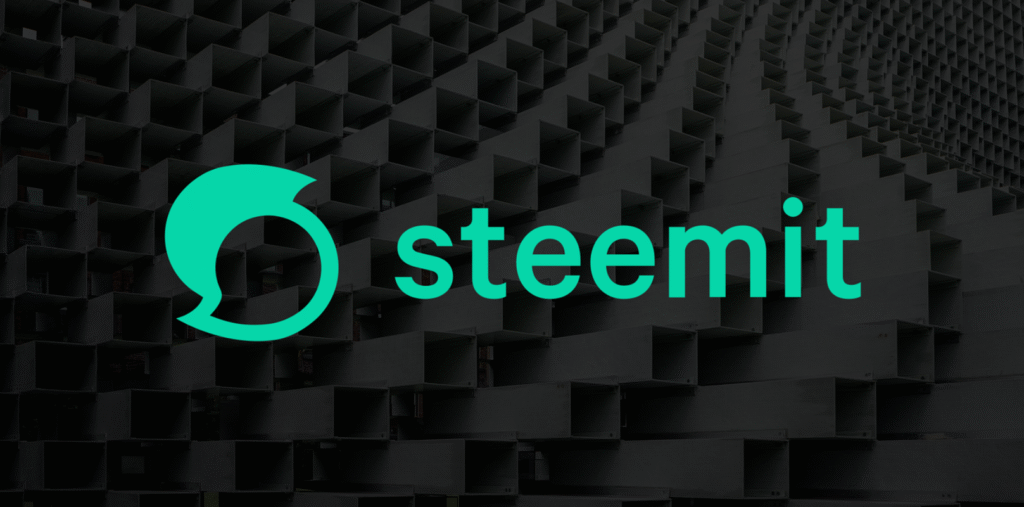Table of Contents
Introduction to Steemit (STEEM)
This article delivers a comprehensive Steemit review, tackling the rising concerns around whether Steemit’s cryptocurrency, STEEM, could be involved in a Steemit scam. Steemit, launched in the U.S., operates as a blockchain-based social media platform where users earn STEEM for posting and curating content. However, controversies and technical hiccups have sparked a critical question: is STEEM a fraud or a legitimate digital asset? This Steemit review uncovers all the warning signs you need to know.
We created this article for two groups of readers—those who feel they’ve been deceived by Steemit’s promises and want factual clarity, and those who are skeptical before engaging with the platform and seeking transparent information. We understand the frustration and distrust, and this article is written to meet you there with honesty and solid insight.
Steemit (STEEM): Regulation & Legal Status
STEEM operates in a decentralized environment and is not regulated by financial authorities like the SEC, FCA, or ASIC. While it’s not unusual for blockchain tokens to function without formal oversight, that lack of regulation leaves users without standard protections or mechanisms for dispute resolution.
Several observers have criticized Steemit’s warning signals. Some industry experts warned it resembles a pyramid or Ponzi-like structure, benefiting early adopters the most :contentReference[oaicite:0]{index=0}. To protect yourself, it’s helpful to learn how to spot a scam broker before it’s too late. The absence of regulation raises real doubts about whether STEEM is a scam.
Trading Conditions & Platform Analysis of STEEM
Unlike traditional tokens traded on centralized exchanges, STEEM is tied closely to Steemit’s ecosystem: rewarded for content creation and curation. There’s no platform with MT4/MT5 or typical trading mechanics. The economic model depends heavily on user activity and blockchain governance via delegated proof-of-stake.
While this can foster engagement, transparency about token emission, liquidity, and long-term value is limited. For guidance on evaluating trading infrastructure and safety, review what to check before signing up with a trading platform. These gaps make it harder to ignore the possibility that STEEM might be a fraud.
Reputation & User Reviews About STEEM
STEEM has seen dramatic price swings, including a surge of over 1,800% in a short span, prompting skepticism from market observers :contentReference[oaicite:1]{index=1}. Criticisms include withdrawal limitations—some users report that cashing out STEEM or converting Steem Power can be slow or constrained, resembling false promises :contentReference[oaicite:2]{index=2}.
Community forums recount instances of abuse: phishing attempts targeting Steemit users, impersonation, and scam wallets :contentReference[oaicite:3]{index=3}. Additionally, the centralized control following Justin Sun’s acquisition led to a contentious fork into Hive, raising trust and decentralization concerns :contentReference[oaicite:4]{index=4}.
How to Test Whether STEEM Is a Scam
To evaluate whether STEEM is a scam:
- Check Regulatory Claims: STEEM lacks direct regulation, so verify the legitimacy of platforms or wallets holding or distributing it.
- Spot Red Flags: Watch for exaggerated earnings, locked funds, or unexpected delays.
- Review User Feedback: Look through forums like Reddit and relevant communities for repeated issues.
- Test Platforms Carefully: If using integrated wallets or exchanges, assess UI quality, response times, and transparency.
- Know Withdrawal Rules: Understand how long Steem Power takes to convert, and any payout schedules.
- Start Small: If you’re unsure, test with minimal participation before investing significant effort or capital.
These steps help distinguish between innovation and opportunistic hype around STEEM.
Final Verdict & Alternatives
Steemit’s STEEM token is not inherently a scam—it powers a creative, decentralized social media platform. Yet recurring issues—from centralized control, murky revenue models, to phishing risks—suggest this asset carries notable red flags. If you’re uncertain, it may be wiser to avoid significant investment or interaction for now.
Consider alternatives with stronger governance and proven ecosystems, such as Ethereum-based social projects or platforms with transparent monetization. Always prioritize platforms with regulatory clarity and a trustworthy user base to safeguard your crypto experience.



